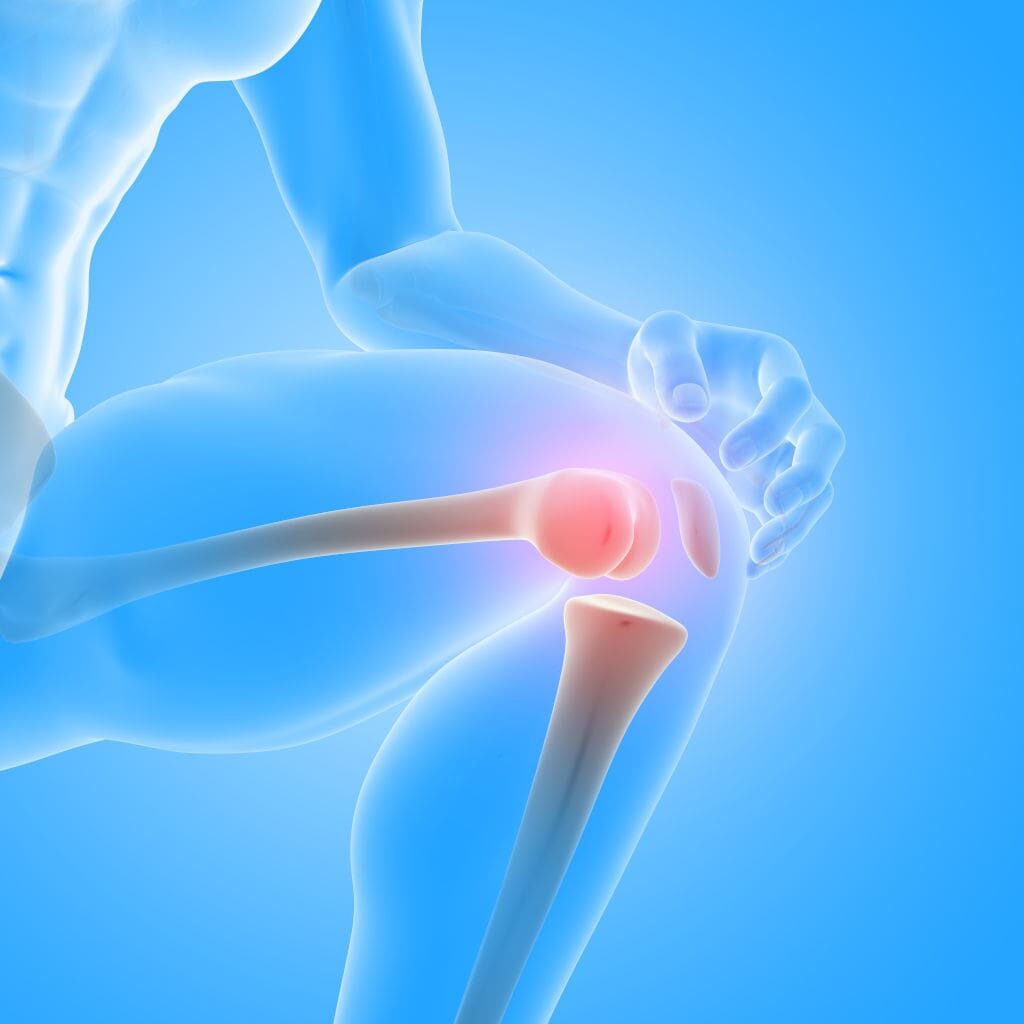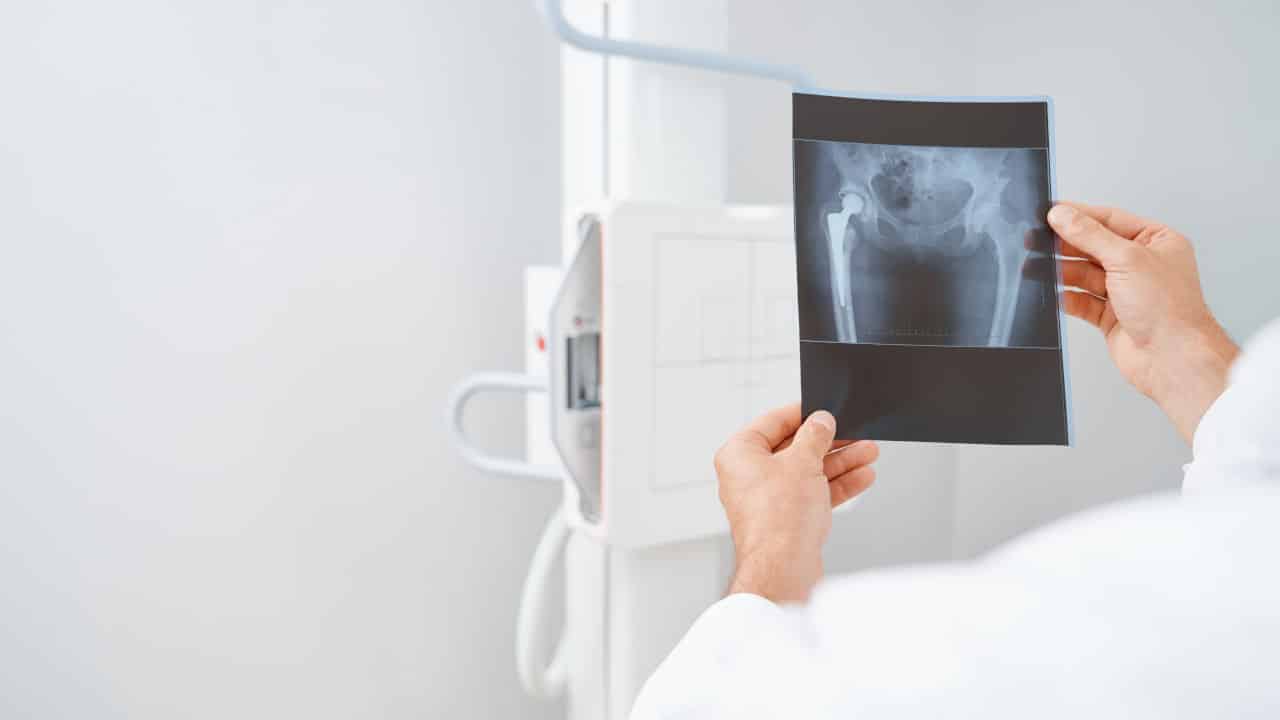Bone spurs are hard, smooth protrusions of additional bone that develop at the ends of bones. They are also known as osteophytes. They frequently manifest themselves in the joints where two bones meet.
Bone spurs can develop on various body parts, such as the hands, shoulders, neck, spine, hips, and feet (heels).
The majority of bone spurs don’t cause issues. However, one could feel soreness and stiffness if they press on nerves or scrape against other bones.
Bone spurs are caused by many factors, such as joint damage from osteoarthritis, overuse, genes, diet, obesity, congenital disabilities, and spinal stenosis.
Aside from all these causes, bone spurs may also directly result from a trauma or injury inflicted by another person’s action or negligence.
When there is a diagnosis of bone spurs, and the cause is identified, it is easier to use medical animation to illustrate the causal link between the condition and the incident that led to it.
Causes of Bone Spurs You Can Sue For
When suing for bone spurs, it is possible to make use of medical animation to prove the cause of the injury to the jury. It also makes the otherwise complex case easy to understand.
Here are some of the causes of bone spurs that you can sue for:
- Car accidents
In most cases, bone spurs can happen from auto accidents. This occurs when the collision forces the bones to grind against one another, harming the cartilage and the bone. This harm may eventually result in the development of bone spurs.
Additionally, bone spurs can develop when an accident’s impact pushes a sharp object through the skin and into the underlying tissue.
Bone spurs can be created by any sharp object, although broken glass or metal particles are the most prevalent culprits. If the bones do not heal properly after a fracture, bone spurs may also develop.
In the case of Scivally v. Sullivan, the plaintiff’s car was rear-ended and side-swiped by a semi-trailer truck, aggravating her existing lower back problems.
An X-ray revealed straightening of the normal lumbar lordosis and anterolateral spurs at several levels. It also showed spinal stenosis and sight demineralization of the bones. This caused her pain, discomfort, and an inability to complete simple tasks like grocery shopping, vacuuming, mopping, or laundry.
- Workplace injury
Several professions require workers to stand for long periods each day. It is conceivable for a worker in any occupation where this criterion exists to develop bone spurs involving the foot, ankle, or knee.
Any such injury can be severe enough to cause weakness in the knee joint to bone spurs in the foot. This will prevent a worker from performing job tasks to the point where workers’ compensation payments may be required.
A case in point is Graves v. Finch Pruyn & Co., Inc, where the appellant worked for the respondents for seventeen years. First as a laborer in the wood room of paper manufacturing and later as a paper inspector in the quality assurance department.
His work responsibility required him to be on his feet most time. Hence, he developed a bone spur on the heel of his left foot.
- Sport Activities
Sometimes, sports activities can lead to bone spurs. Athletes who jump and run frequently develop heel spurs, which are brought on by pressure on the heel region.
As a result, the heel region grows excessively, resulting in a bony protrusion under the heel. A heel spur can be warm to the touch and produce pain and edema around the heel area.
For a person to be liable for your bone spur, they must have had a duty towards you or are, in one way or another, your employer (or agency), from whom you may be entitled to compensation for your injury.

How To Use Medical Animation To Prove Bone Spurs
Bone spurs can be painful if they rub against nerves, tendons, or joints. It is easy to prove the cause of a bone spur using medical illustrations, like animation.
If the injury results from a car accident, the animation will feature the victim in the car, the motion that resulted from the crash, and the direct interaction with the joints.
In the case of a workplace injury, the motions involved in the plaintiff’s daily activities will be connected to the site of the heel spur, showing how the work responsibilities caused the injury.
The animation can then go a long way toward showcasing the limitation in range of motion, the pain radiation, and the possible degeneration that will result should the condition persist.
With the help of medical animation, it would be possible to recover compensation for the surgery to remove the protruding bones, loss of earnings, pain, suffering, and other medical expenses.
Conclusion
Presenting medical animation in court as evidence may be technical if you are not versed in court rules. Getting an experienced attorney and a competent medical animation company to work as a team is your best bet. Proper interaction between these two parties and expert witnesses on a case can help birth accurate and legally admissible demonstrative evidence.
At Fox-AE, we embody professionalism in dealing with our clients. We can recreate an expert witness’s opinion about what caused an injury or a medical condition. This is to ensure that their opinion is passed across to the jury in the clearest form – void of ambiguity. We work closely with parties involved in a case to ensure that we miss out on no detail needed to be presented as demonstrative evidence.






